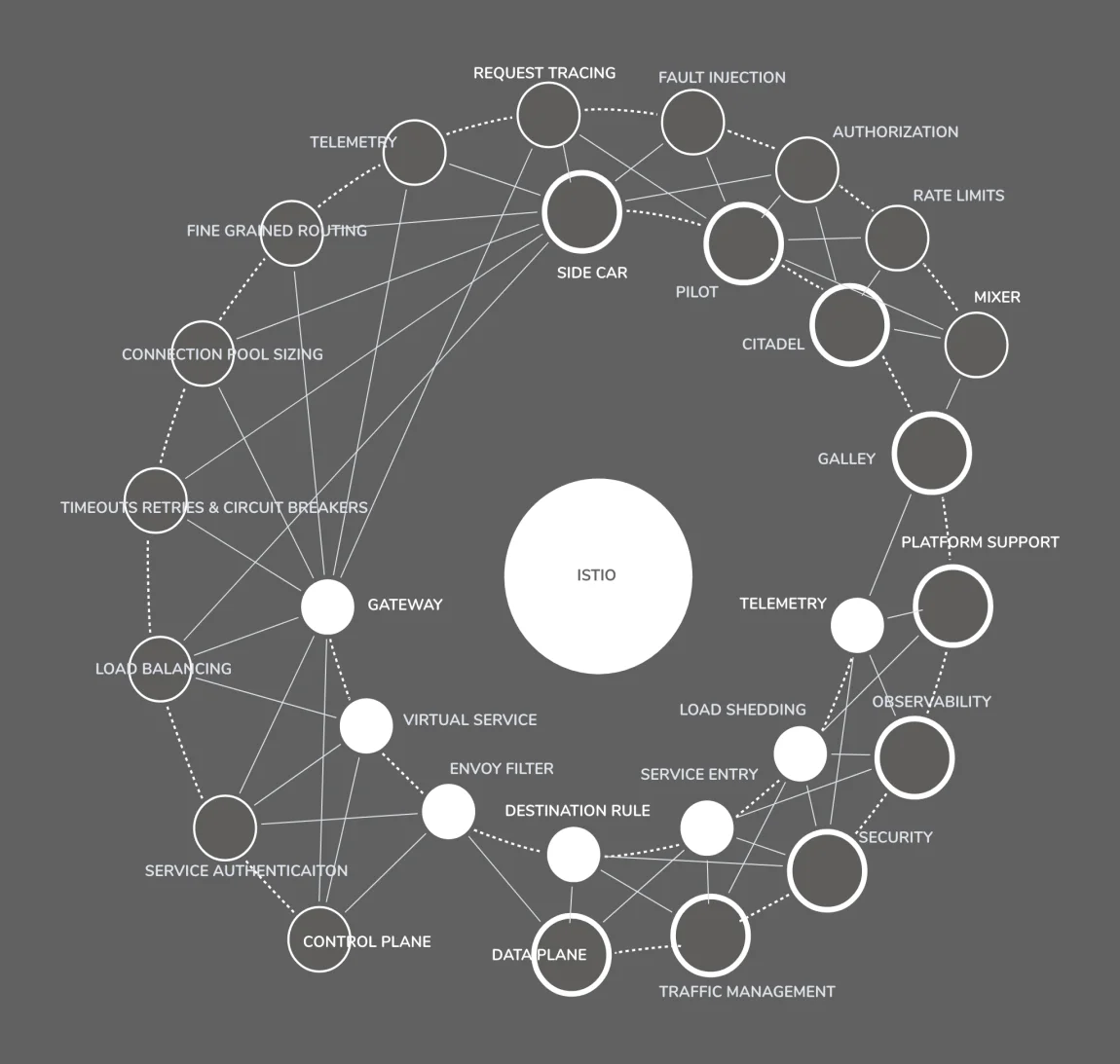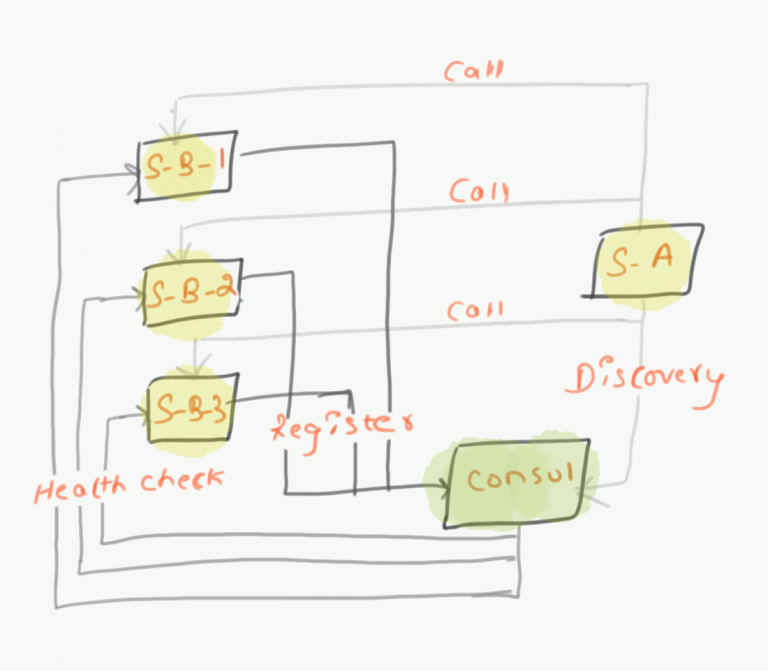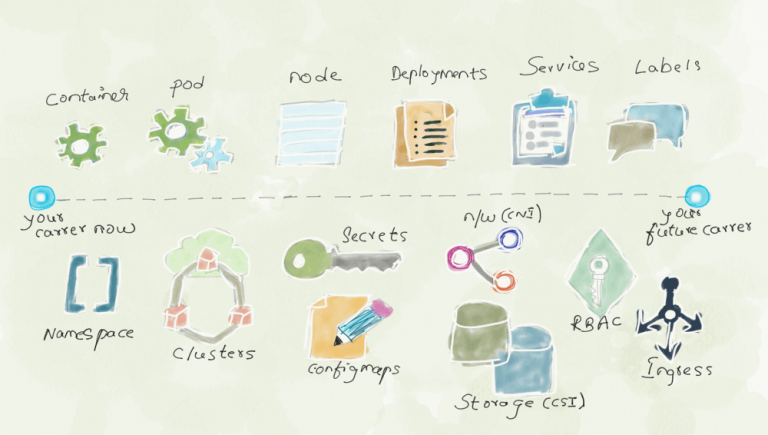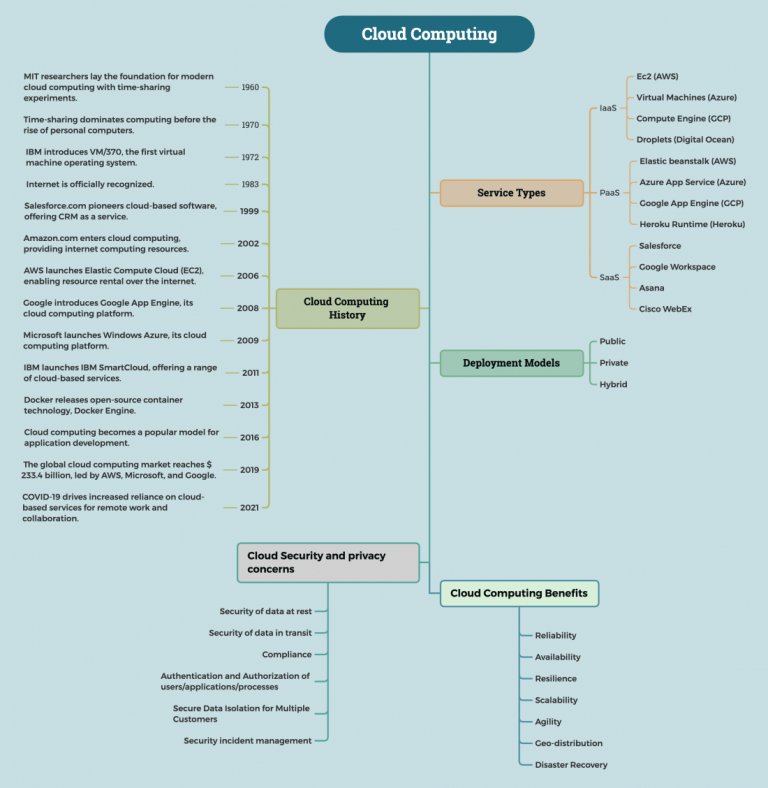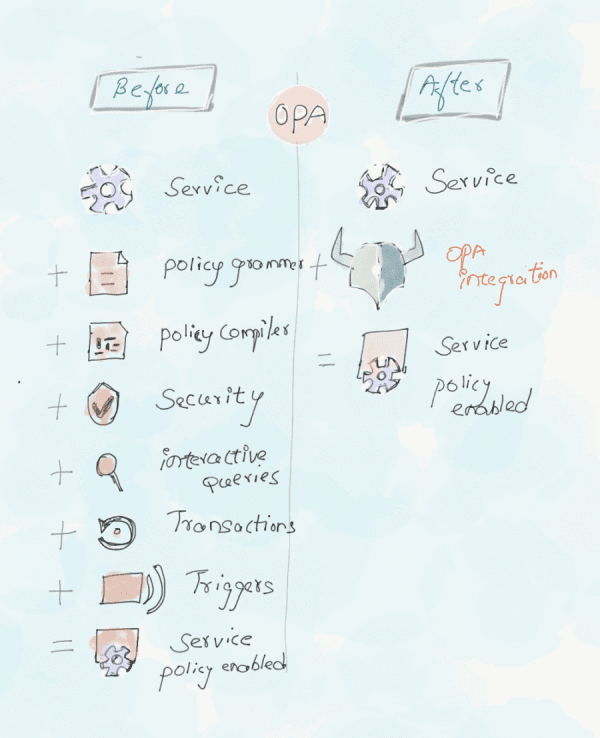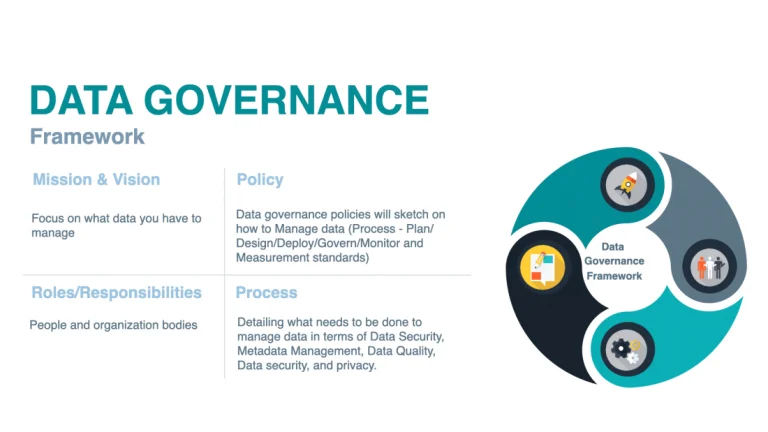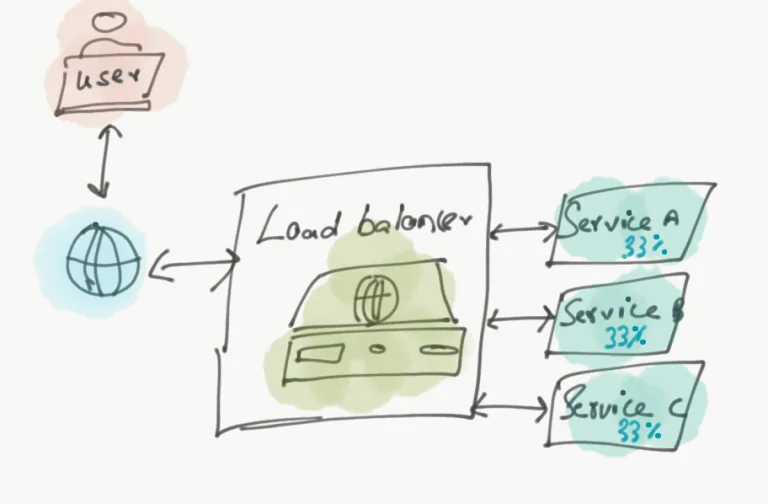Popular Posts
Service Mesh: What it is and why it matters?
Raghunathan
Summary: What is Service Mesh and why it matters? A Service Mesh is an addressable infrastructure layer for service-to-service communication, ...
Service Discovery Patterns – What, Why, and How?
Raghunathan
The Service Discovery concept is not new and has been since from the beginning of distributed computing. In simpler terms, ...
Kubernetes Learning Path
Raghunathan
Today Kubernetes is present in all major clouds (Google cloud, AWS, Azure, etc…) as a fully managed service, serverless at ...
Latest Posts
Cloud
What is Cloud Computing: Definition, History, Types, Deployment models
What is cloud computing? In today’s digital era, Cloud Computing is transforming the way organization operate. In simple terms, it is a collection of remote servers located in various locations ...
KubernetesPopular Posts
Integrating Open Policy Agent (OPA) With Kubernetes
Open policy agent (OPA, pronounced “oh-pa”) is a tool that provides a unified framework and language for declaring, implementing, and controlling the policies of each component in the cloud-native solution. ...
KubernetesPopular Posts
Kubernetes Learning Path
Today Kubernetes is present in all major clouds (Google cloud, AWS, Azure, etc…) as a fully managed service, serverless at this point and It is getting extensible day by day ...
Data Engineering
Why Data Governance so important for an organization
Data is the new OIL. If you google “what is data governance?” There are a lot of different definitions that are self sufficient to explain it. In this article, I ...
DevOps
Load Balancing – what, why and how ?
Load balancing refers to either software or hardware that distributes the workloads (distribution of data) among multiple computing instances (servers) in order to improve the performance and reliability of websites, ...
